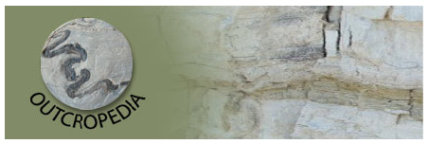Fibrous, antitaxial calcite veins are abundant in the slates of the Neoproterozic Tapley Hill Formation. These 585 Ma veins may contain the so far oldest fossil remains of deep microbial life
Bons, P.D. (2009) Photograph of the month. Journal of Structural Geology 31, 627-627.
Bons, P.D., Montenari, M., Bakker, R.J., Elburg, M.A. (2008) Potential evidence of Neoproterozoic deep life: SEM observations on calcite veins from Oppaminda Creek, Arkaroola, South Australia. International Journal of Earth Sciences 98, 327-343
Bons, P.D. Montenari, M. 2005. The formation of antitaxial calcite veins with well developed fibres, Oppaminda Creek, South Australia. Journal of Structural Geology 27, 231-248. PhotoID146
